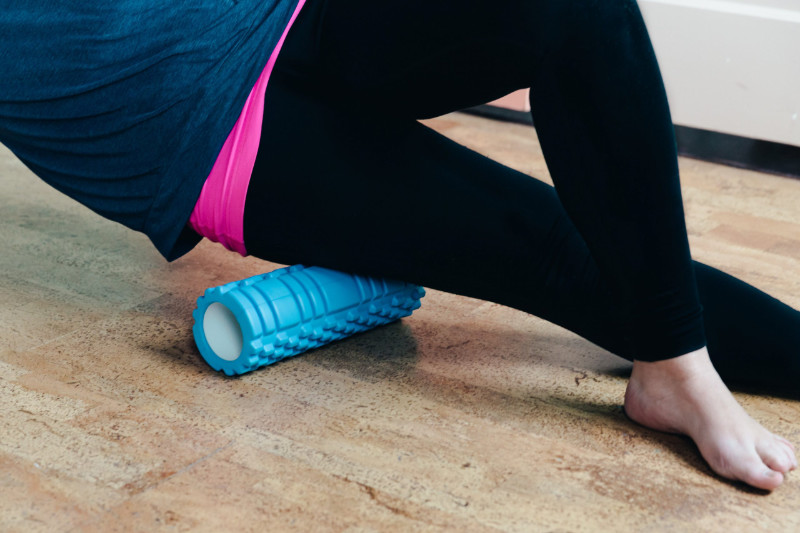

Categories
Recent Posts
- Move Better, Feel Better: Why Exercise is Essential for Hip and Knee Osteoarthritis
- City to Surf / Half Marathon / 10km race Prep
- Empowering Your Health Journey Healthfix: Our Approach to Your Long-Term Health
- Give the Gift of Health: Refer a Friend to Physio in North Sydney
- The Healthfix Strength Philosophy: Strength Training Begins with Physiotherapy Rehabilitation
